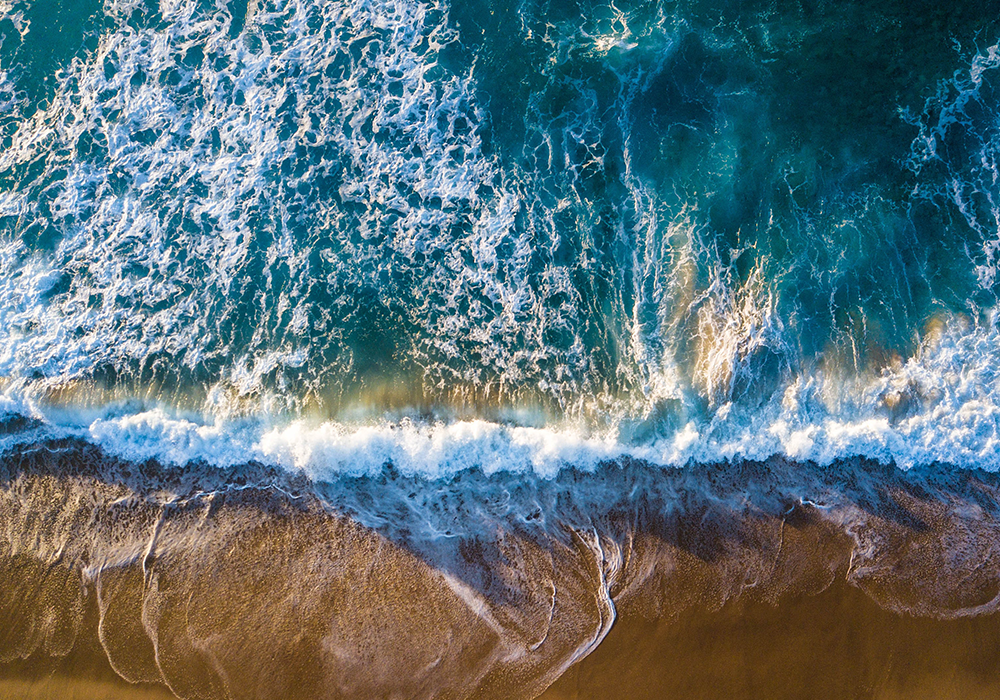When I first took up Buddhist practice, I didn’t know anything about the paramitas—the transcendences, the crossings-over, the perfections, whatever we want to call them. I didn’t know much about any of it, honestly, but I knew for sure that I wanted to transcend something. I wanted to cross over to some other side. Not that it was so bad where I was; it wasn’t. But spiritual practice held the promise of ending up someplace, well, perfect. I imagined that, standing on the other shore and looking back on where I’d started, I’d grin at how small my world had been, how little I’d really seen.
On this shore, in this moment of our lives, we let the tide come in over our ankles and roll away.
In this issue, we look at six paramitas: generosity, moral discipline, endurance, effort, meditation, and wisdom—the list most often associated with the Mahayana path. Theravada offers a slightly different list, one that also includes renunciation, honesty, resolve, loving-kindness, and equanimity, but even if the two paths look slightly different, both point in the same direction.
One of my teachers, when he was teaching people to meditate for the first time, was fond of pointing out that when you’re trying to get from here to there, from A to B, if you take even one step off the path, now you’re pointing in the wrong direction. You’ll never get where you intended to go. Some part of me likes that—it makes me ask myself, moment to moment, Am I facing the right way? But in the case of the paramitas, I’m not sure if that all-or-nothing view applies. We talk about them as having a particular order, but they are less a map than a description of something that just organically unfolds. Whatever framework we use, whatever steps there are along the way, generosity naturally opens the way to wisdom. So yes, we can try to do it just right, and yes, we can push ourselves, but we can also enter the path with some faith that it’s broad enough to hold our mistakes.
Or maybe they don’t form a path at all. We look at the paramitas in order, in a straight line, but we could just as easily imagine them as a circle, an endless rediscovering. That same teacher talked about the repetitiveness of Zen practice as being like the turning of a screw: from one angle, you’re just going in circles, but from another, every single movement takes the whole practice deeper.
So, how do we bring the paramitas to life? How do we get to that other shore? There are lots of answers, lots of approaches; I’m not sure if one of them is more right than the others. What I’ve found, though, standing on this shore—and more than thirty years later, I’m still right here—is that maybe it doesn’t matter much. We can take up the paramitas as a system, as a curriculum. We can try to practice them all at once, developing a feel for their interplay. We can pick them up one at a time, devoting this day to generosity, or to effort, or to patience. It’s all okay. Because in the end, we don’t know what’s over there, across the water. We just know where we are, which is here.
So we roll up our pants, take off our shoes and socks, and dig our toes into the sand. On this shore, in this moment of our lives, we let the tide come in over our ankles and roll away. We find small ways to offer ourselves, to be kinder, to take on a little more. We let our feet get dirty. We sink in.
There may be someplace to go, something to transcend. I don’t know. What I do know, now, is that the world beneath my feet is so much bigger than I thought it was—there’s so much here to see, so much for me to do. It’s perfect.

